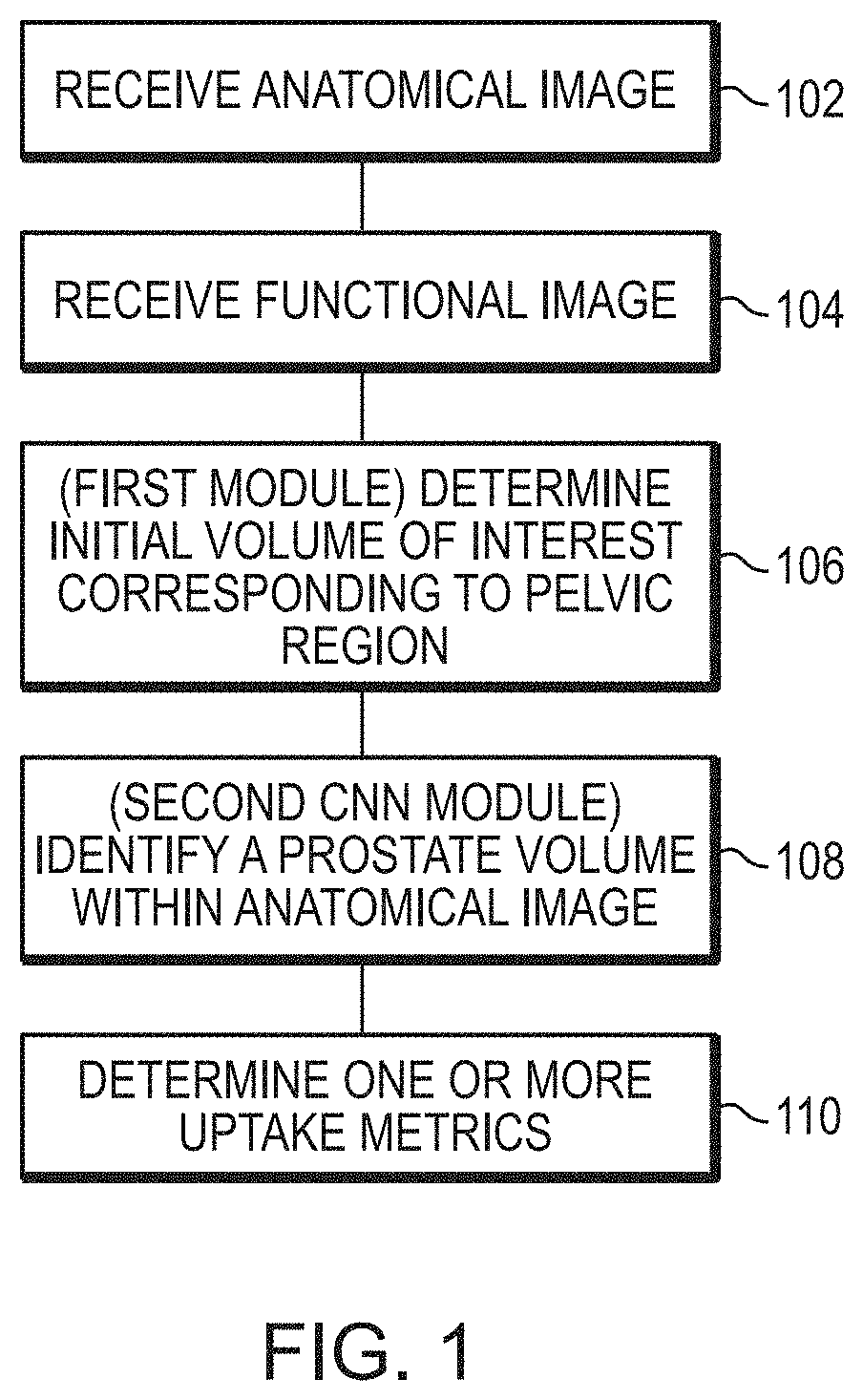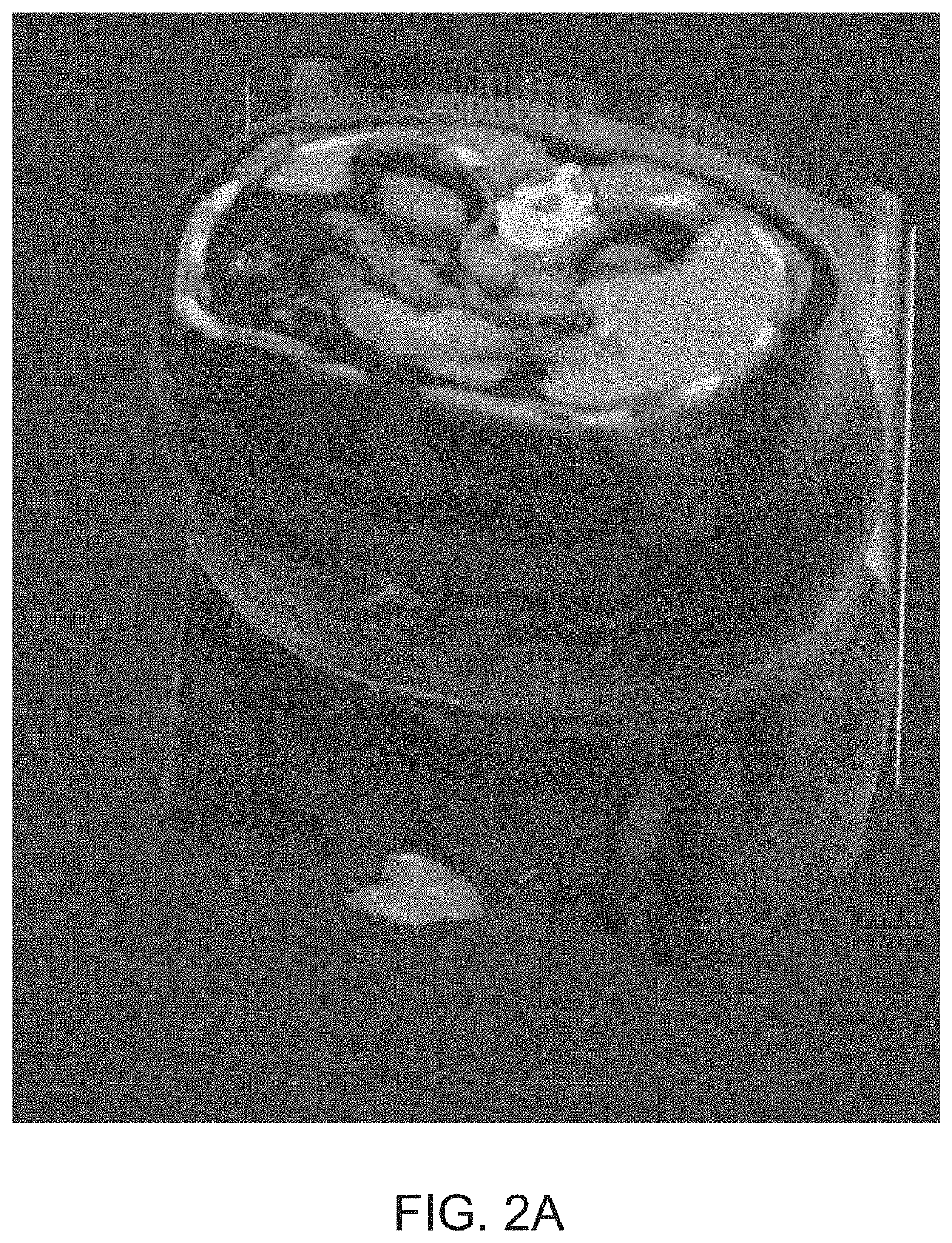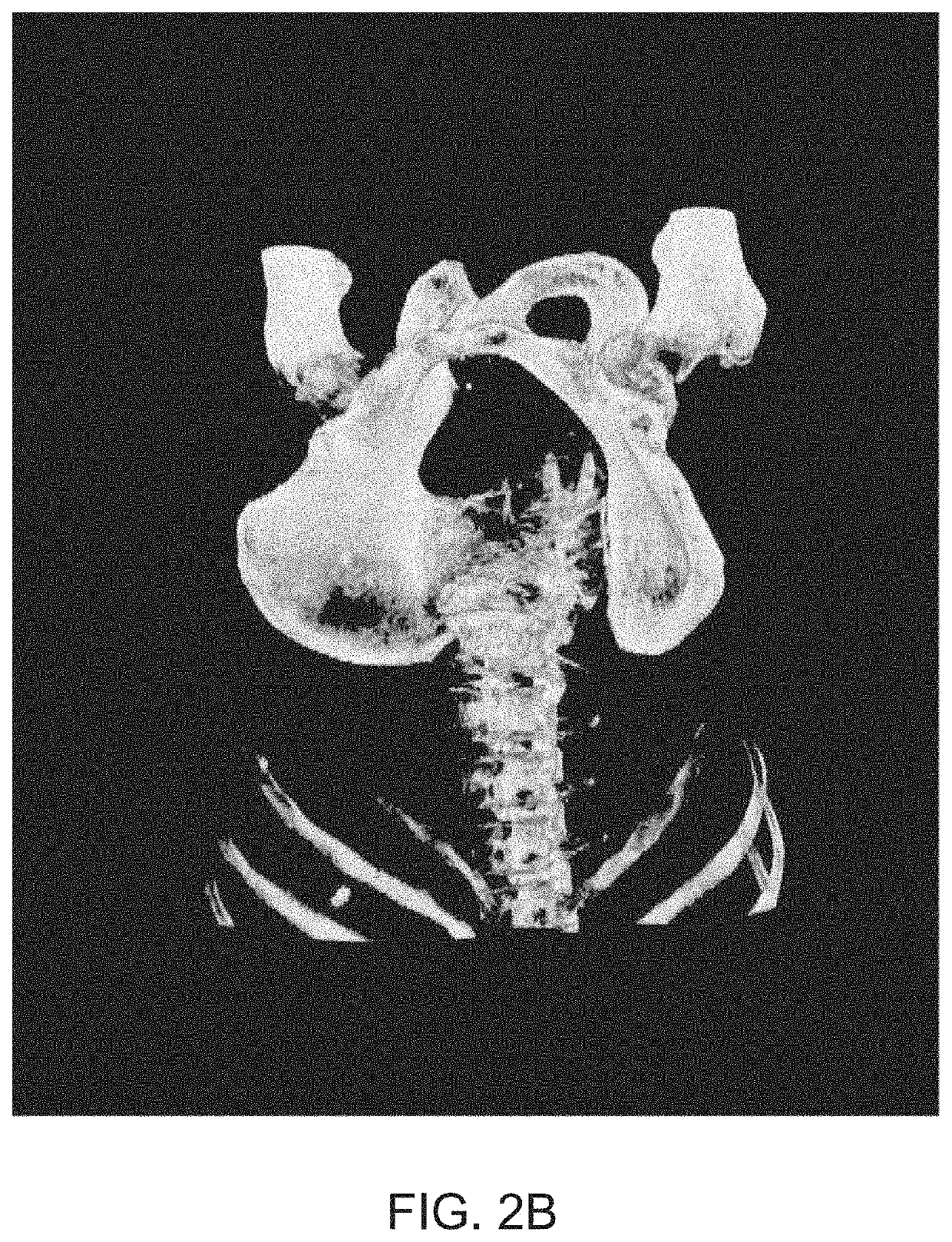Systems and methods for rapid neural network-based image segmentation and radiopharmaceutical uptake determination
a neural network and image segmentation technology, applied in the field of systems and methods for rapid neural network-based image segmentation and radiopharmaceutical uptake determination, can solve the problems of patient's family likely having questions, patient may very well struggle to make sense of this information, and the process is limited, so as to improve computational efficiency, computational efficiency, and computational efficiency.
- Summary
- Abstract
- Description
- Claims
- Application Information
AI Technical Summary
Benefits of technology
Problems solved by technology
Method used
Image
Examples
example 4
J. Selection of TBR Threshold for Clinically Significant Findings
[0329]Example 4 is an example showing how a TBR threshold value for partitioning patient prostate cancer pathology into clinically significant and clinically non-significant classifications can be determined.
[0330]Two datasets of SPECT / CT images were combined to select an appropriate threshold value. A first dataset comprised images of healthy individuals, taken from a phase I study of the 1404 drug. This dataset contained originally 14 images. Segmentation of a prostate within the images was performed in accordance with the approaches described herein and two images where segmentation of the prostate clearly failed were excluded, resulting in 12 remaining images. A second data set comprised images of individuals with prostate cancer, originating from a phase II study of the 1404 drug. The images were partitioned based on the subject's Gleason grades on histopathology from radical prostatectomy. A total Gleason Score ...
example 5
K. Application of AI to Phase 3 Study MIP-1404-3301 (“proSPECT-AS”)
[0337]MIP1404-3301 is a pivotal phase 3 multicenter trial of 99mTc-MIP1404 Injection for the detection of prostate cancer. MIP-1404-3301 is titled “A Phase 3 Study to Evaluate the Safety and Efficacy of 1404 SPECT / CT Imaging to Detect Clinically Significant Prostate Cancer in Men with Biopsy Proven Low-Grade Prostate Cancer who are Candidates for Active Surveillance”. Cohort A patients were men with biopsy-proven low to intermediate grade prostate cancer (Gleason score 3+3 or 3+4) who were candidates for active surveillance but elected to have radical prostatectomy. Cohort B patients were biopsy-proven very low risk prostate cancer patients who scheduled to undergo routine re-biopsy as part or routine active surveillance. The phase 3 study was initiated in December 2015, and enrollment is now complete. The computer-assisted diagnosis (CADx) software device is to be used as the primary reading methodology to analyze ...
example 6
L. Training and Validation of Convolutional Neural Networks Implemented by the First Machine Learning Module (Localization Machine) and Second Machine Learning Module (Segmentation Machine)
[0342]Example 5 is an example showing training and validation of CNN modules used to segment CT images to identify various tissue volumes, including a prostate volume, in accordance with the aspects and embodiments described herein. In this example, the neural networks were defined and trained using the Keras framework with the Tensorflow backend.
[0343]i. Training and Validation Data
[0344]The training and validation data comprised CT images coupled with semi-automated segmentations corrected by a radiologist delineating all or some of the following body parts: (i) a prostate; (ii) a urinary bladder; (iii) a rectum; (iv) a left gluteus maximus; (v) a right gluteus maximus; (vi) a left hip bone; (vii) a right hip bone; and (viii) a sacrum and coccyx
[0345]To train a localization CNN, 90 high quality...
PUM
 Login to View More
Login to View More Abstract
Description
Claims
Application Information
 Login to View More
Login to View More - R&D
- Intellectual Property
- Life Sciences
- Materials
- Tech Scout
- Unparalleled Data Quality
- Higher Quality Content
- 60% Fewer Hallucinations
Browse by: Latest US Patents, China's latest patents, Technical Efficacy Thesaurus, Application Domain, Technology Topic, Popular Technical Reports.
© 2025 PatSnap. All rights reserved.Legal|Privacy policy|Modern Slavery Act Transparency Statement|Sitemap|About US| Contact US: help@patsnap.com



